The Animal Book
 Can a reference book win the Newbery Medal?
Can a reference book win the Newbery Medal?
Well, yes, it can. The criteria state that, “There are no limitations as to the character of the book considered except that it be original work.” To me, this clause explicitly states that you cannot discount any kind of book just because it doesn’t seem like a Newbery book. If a book has a distinguished text (and it is original work) then it has every right to be considered for the Newbery Medal.
Let me dismiss a couple of concerns before we consider the excellence of this text. First, this book will not win the Caldecott Medal because much of the art has been re-purposed from previous books. The text, however, (and remember our award is based primarily on the text) is a new thing. To be sure, there are some captions that are fairly close to what appeared in earlier books, but I’m confident that the chair, after reviewing the Expanded Definitions and Criteria and consulting the ALSC priority consultant, will rule this one eligible. After all, in recent memory THE GRAVEYARD BOOK won the Medal, while A LONG WAY FROM CHICAGO and CARVER (probably a more apt comparison) took honors despite previously published material within their pages.
ADVERTISEMENT
ADVERTISEMENT
While this is a heavily illustrated book, and while the text and the illustrations combine to make a wonderful whole, the text of this book can easily be considered on its own, which is is to say that I can quote from virtually any page in the book and you will not feel lost in any way whatsoever because you cannot see the illustrations (as you will see from the quoted text below). Then, too, while Jenkins’s previous texts may have been equally distinguished, they have also been extremely short, confined to the 32 or 48 pages of the picture book format. At 208 pages, the text has an amazing depth and breadth that makes it easier to compare to a longer work of fiction. I don’t think it will easily fall prey to the old biases against picture book nonfiction in the Newbery process.
Let’s examine a random spread from the book, say pages 24-25. The first paragraph below is in the upper left-hand corner (as are all of the paragraphs in the book) and the subsequent paragraphs are actually captions in slightly smaller text, scattered around the page, accompanied by the illustrations.
I’LL DO IT MYSELF
There are advantages to bearing offspring without a mate, since locating and courting a partner take time and energy that could be used to find food or avoid predators. The disadvantage–and it is a serious one–is that parent and child, like identical twins, are exactly the same. There is no variation in their resistance to disease or environmental conditions, so an entire population can be killed off by a virus or a change in the climate.
The comb jelly, a creature of the deep sea, is both mother and father. It lays eggs, then fertilizes them itself.
A sea anemone can reproduce by budding. A copy of the anemone sprouts from an adult’s body, browns for a while, then drops off to start its own life.
A starfish, or sea star, can regenerate a new animal from a small piece of its body. Starfish eat oysters, so oyster fisherman used to chop starfish into pieces to kill them and reduce the competition. They finally realized they they were only making lots of new starfish.
There are no male New Mexico whiptail lizards. Female whiptails have the ability–unusual among vertebrates–to reproduce without a mate. All the sisters in a whiptail community are identical. They are also identical to their mother, their grandmother, and all their female ancestors.
Now here are the Newbery criteria that are pertinent to this book (and I would argue that this text excels in these areas for its genre as good or better than any other book this year).
- Interpretation of the theme or concept
- Presentation of information including accuracy, clarity, and organization
ADVERTISEMENT
ADVERTISEMENT
The entire book is a model of clarity and organization, but since this post is already too long, I’m just going to talk about the features on this single spread, features which are characteristic of many spreads in the book.
First, notice that Jenkins always moves from general to specific and/or abstract to concrete. In this spread, his opening paragraph discusses asexual reproduction and then the various captions provide specific examples. This alone taps into the way children learn best, but then Jenkins actually includes genuinely fascinating tidbits like those of the oyster fisherman and the female lizards. Not so much to distract you from the theme or concept of the page, but enough to make you flip quickly to the back matter to read a little bit more.
Second, some people had a hard time following the various captions and sidebars in MOONBIRD, although that was such a complete non-issue for me that the complaint felt frivolously manufactured. The beauty of this spread, therefore, is its textual-visual-textual orientation. I read the paragraph first because it’s always in the same place and always in a larger font, then my eyes flit to the most visually appealing illustration and I read the caption for it, then I glance at another illustration and read its caption, and so on. Because items on the page are not ordered sequentially it really doesn’t matter what order I read those captions in.
And this is just the way the theme or concept is developed on one spread, the way the information is presented with clarity, organization, and accuracy on one spread–to say nothing of those same features within and between chapters, and the entire book itself.
Can a reference book win the Newbery Medal?
Yes, it can.
What does that reference book look like?
It looks like THE ANIMAL BOOK.
Filed under: Uncategorized
About Jonathan Hunt
Jonathan Hunt is the Coordinator of Library Media Services at the San Diego County Office of Education. He served on the 2006 Newbery committee, and has also judged the Caldecott Medal, the Printz Award, the Boston Globe-Horn Book Awards, and the Los Angeles Times Book Prize. You can reach him at hunt_yellow@yahoo.com
ADVERTISEMENT
ADVERTISEMENT
SLJ Blog Network
Happy Poem in Your Pocket Day!
This Q&A is Going Exactly As Planned: A Talk with Tao Nyeu About Her Latest Book
More Geronimo Stilton Graphic Novels Coming from Papercutz | News
Parsing Religion in Public Schools
Environmental Mystery for Middle Grade Readers, a guest post by Rae Chalmers
ADVERTISEMENT

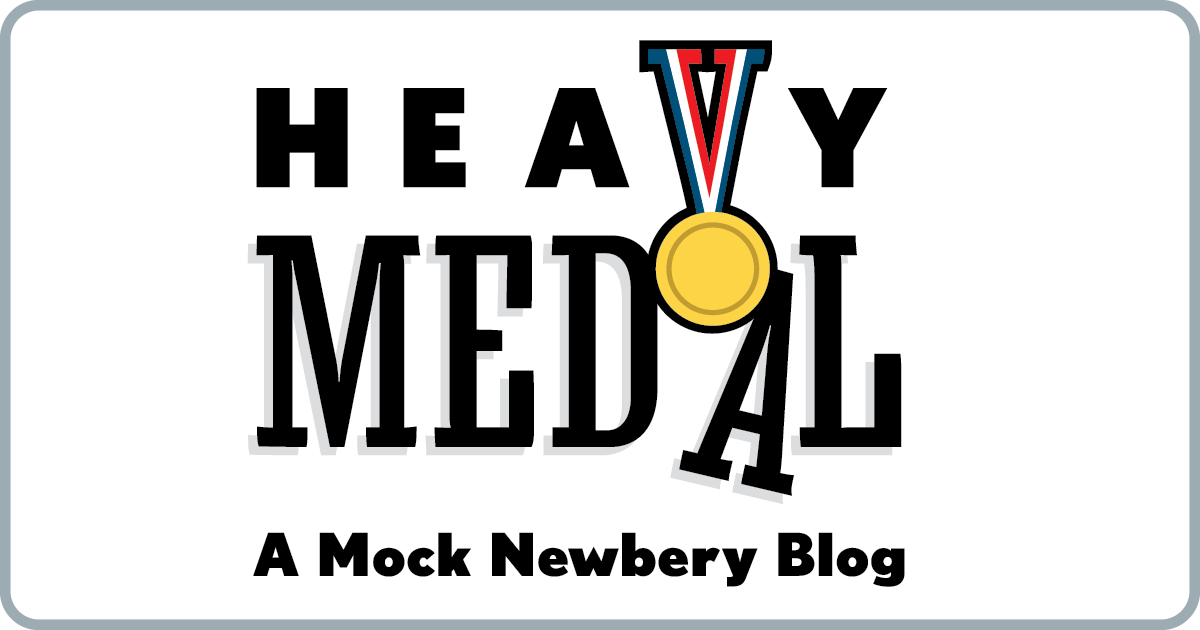


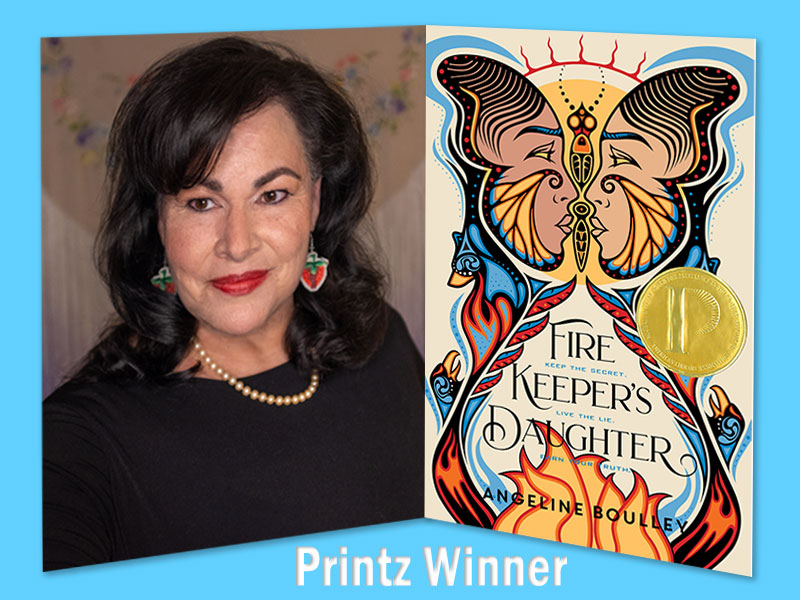
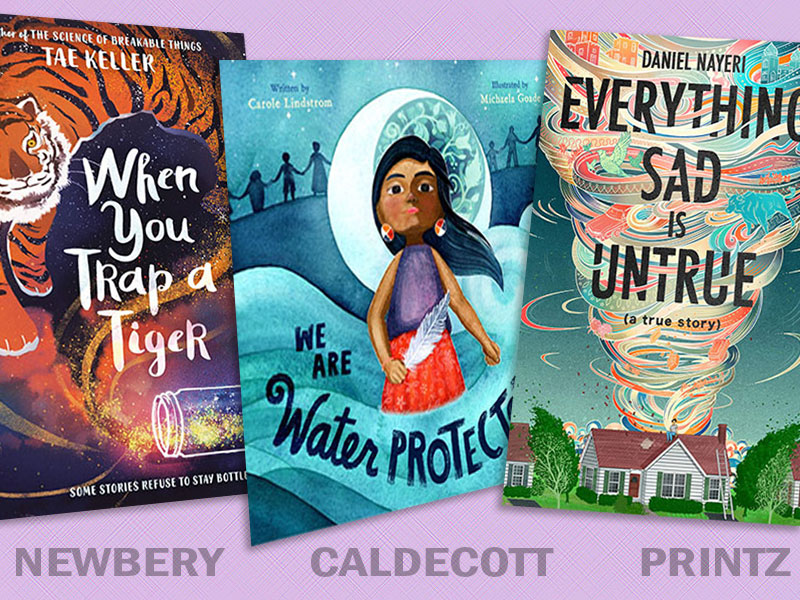
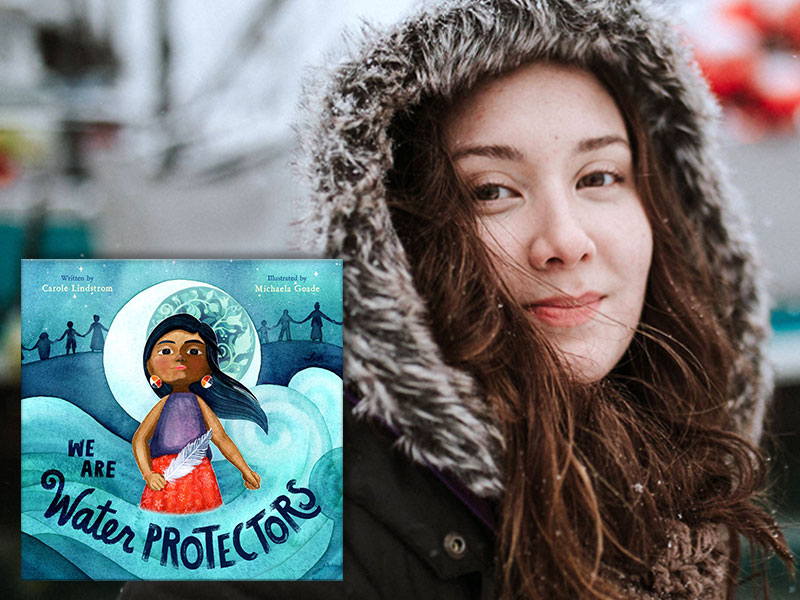
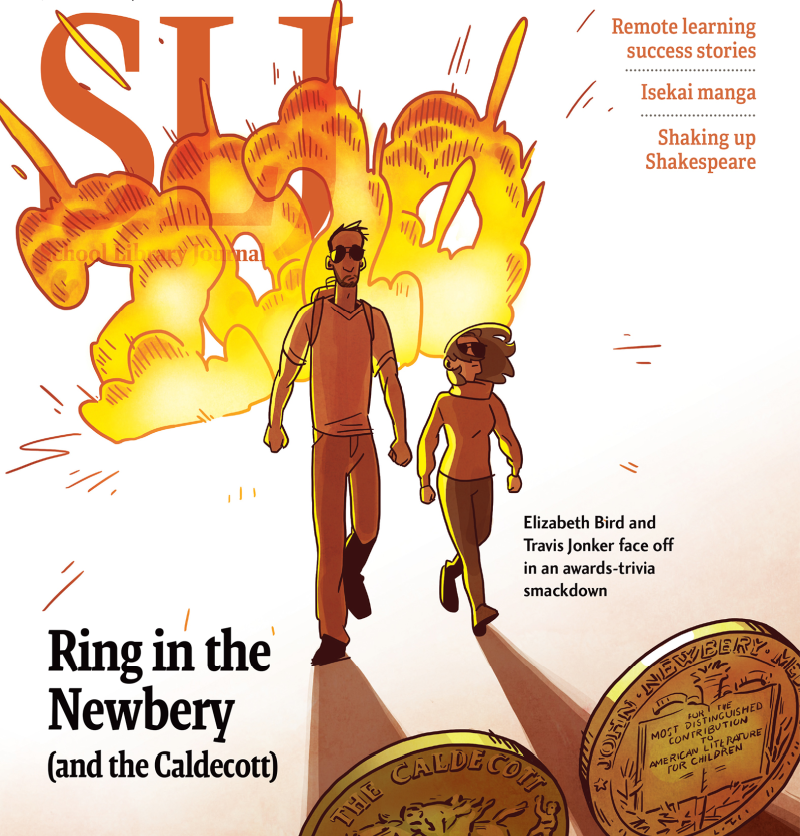
You’ve convinced me! I can’t wait until my hold comes in on this book. I’m already a huge fan of Steve Jenkins’ nonfiction. I tend to look first at his incredible illustrations, but the facts he presents are great. I used two of his books last summer for book talks for the summer reading program. Just given the description, this sounds like a contender.
I absolutely agree! I just finished reading this book today and while I’m disappointed that it wouldn’t be eligible for the Caldecott, I could certainly get on board for it winning a Newbery!
This is a beautifully created book that is both textually and visually satisfying.